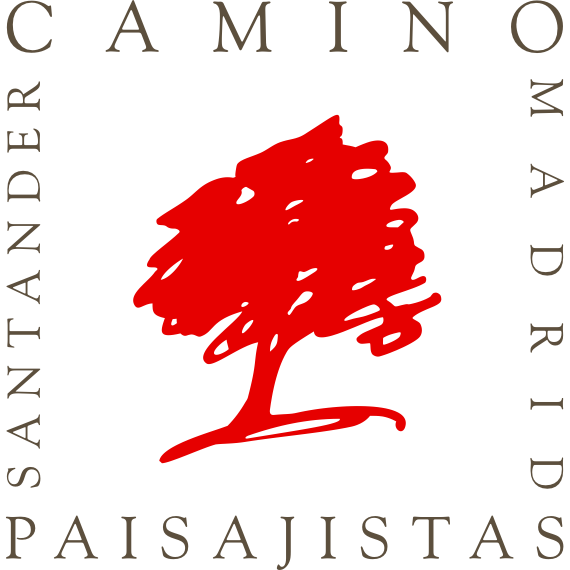Luis González-Camino
It all started as a game. On our trips, my father played with my younger sister and me to see who could name the trees we saw from our car. Both of us ended up becoming landscape architects.
If you look attentively, as our father taught us to, you start discovering the beauty, first of the trees, then of other things in the countryside, and you finally come to love and even being moved by the landscape, from an imposing mountain to a small flower in a ditch.
Esles is a small village in Spain’s northern region of Cantabria where we used to spend our lengthy, almost three-month long Summer holidays. All the family together, nine brothers and sisters, our parents and an uncle who was a priest, together with the village folk made up a world which, for me, was complete and to be enjoyed in total freedom. A paradise, and one full of sensations. The scents: eucalyptus, the hay in the straw loft, cow manure… even that of the damp mattresses and wardrobes. The colours: the intense greens of the meadows, the darker ones of the trees and forests, the greys of the dry-stone walls, the blue of the sky, the purple of the distant mountains. And the sounds: the sharpening and peening of the scythe, the trot of the mare drawing its cart, the crowing of the rooster, the singing of the birds, many birds, the chirping of the crickets… And at night! The tawny and the barn owls, the cicadas and, most evocative, the toads: a concert, or rather a contest of almost identical notes like very short whistles. And our garden, Cotubín, where our father went on teaching us, full of huge trees where we spent hours perched, even playing cards on the top of the biggest one, an enormous Monterrey cypress.
In a beech forest nearby called ‘El Hayal’ I used to spend long hours hoping to see some small animals I knew through books we had at home and stories I heard from peasants. Maybe I could get a glimpse of a badger, a squirrel, even a marten or a goshawk. Very few times did I succeed, but meanwhile, motionless and silent, I came to feel part of the forest and it became ever more difficult for me to return home. Laying upon the moss surrounded by ferns, brambles, blueberry bushes and other plants that neither ran, flew or hid from me, I started looking at them attentively wondering what their names could be.
All of this and more had to be left behind each September as we returned to Madrid for a long nine-month parenthesis in what was my own true life, Esles!
The legacy I got from all those experiences is the enjoyment I draw from the beauty so generously spread in Nature. There is a price to pay, though: the pain to see the abuse to which it is often subjected. Imagine, for instance, there is a beautiful tree somewhere by a road you travel along frequently. The pleasure you get from its contemplation is inevitably mingled with the apprehension that the next time you pass by, it might have been felled or mutilated.
Working for more than forty years now towards improving our physical surroundings, balancing development and conservation, even enhancing the natural values of a particular site, and creating spaces, unique in every case, for humans to enjoy all that Nature has to offer and contemplate its evolution, is a blessing for which I am forever immensely grateful.
"Jardines"
Book showcasing some of his projects.






